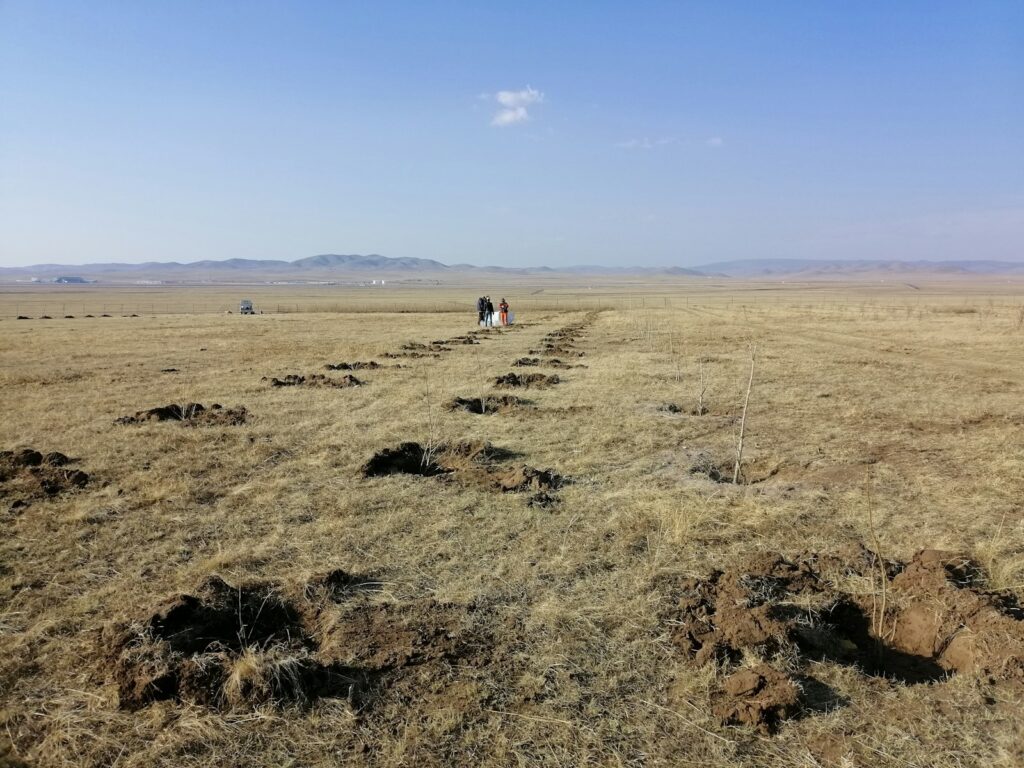Picture this: millions of years ago, before humans ever walked the Earth, creatures of all sizes roamed across what we now call Utah, leaving behind something extraordinary. Not bones, not teeth, but something even more intimate – their footprints. These ancient tracks, preserved in stone for eons, are like nature’s own weather station, recording climate conditions that existed long before meteorologists or thermometers. Utah’s fossilized footprints aren’t just markers of where prehistoric animals once stepped; they’re detailed diaries of ancient weather patterns that scientists are only now learning to read.
The Remarkable Preservation Process Behind Utah’s Ancient Tracks
Creating a fossilized footprint requires a perfect storm of conditions that rarely align in nature. The animal must step into sediment that’s just the right consistency – not too wet, not too dry, but perfectly moldable like clay after a gentle rain. Within hours or days, this sediment needs to harden enough to preserve the impression, often through rapid drying or chemical changes in the mud.
Utah’s unique geological history provided these ideal conditions repeatedly over millions of years. The region experienced alternating wet and dry periods that created vast mudflats and shallow lakes, perfect for capturing and preserving tracks. When fine sediments later covered these impressions, they acted like protective blankets, shielding the footprints from erosion and decay.
Reading Weather Clues in Ancient Mud Cracks
The ground beneath prehistoric feet tells a story that goes far beyond simple animal movement. When scientists examine fossilized tracks, they’re looking for subtle details that reveal atmospheric conditions from millions of years ago. Mud cracks surrounding footprints indicate periods of intense drying, suggesting hot, arid conditions or seasonal droughts that caused lake beds to shrink and crack.
The size and pattern of these cracks provide clues about temperature fluctuations and humidity levels. Large, deep cracks suggest prolonged dry spells with high temperatures, while smaller, more numerous cracks might indicate rapid but less severe drying periods. It’s like reading the wrinkles on ancient Earth’s face to understand what kind of weather it endured.
Trackway Spacing Reveals Behavioral Responses to Climate
Animals don’t just leave random footprints – their walking patterns change based on environmental conditions, and these behavioral shifts are permanently recorded in stone. During harsh weather conditions, many animals alter their gait, step length, and group dynamics in predictable ways. Wide, hurried steps might indicate animals fleeing from approaching storms, while closely spaced tracks could suggest cautious movement during foggy or low-visibility conditions.
Utah’s trackways show fascinating variations in spacing and depth that correlate with seasonal changes. Some fossil sites preserve evidence of animals gathering in large groups during certain periods, possibly during seasonal migrations triggered by changing weather patterns. These congregations left behind dense networks of overlapping tracks that paint a picture of ancient climate-driven behavior.
Dinosaur Footprints as Ancient Thermometers
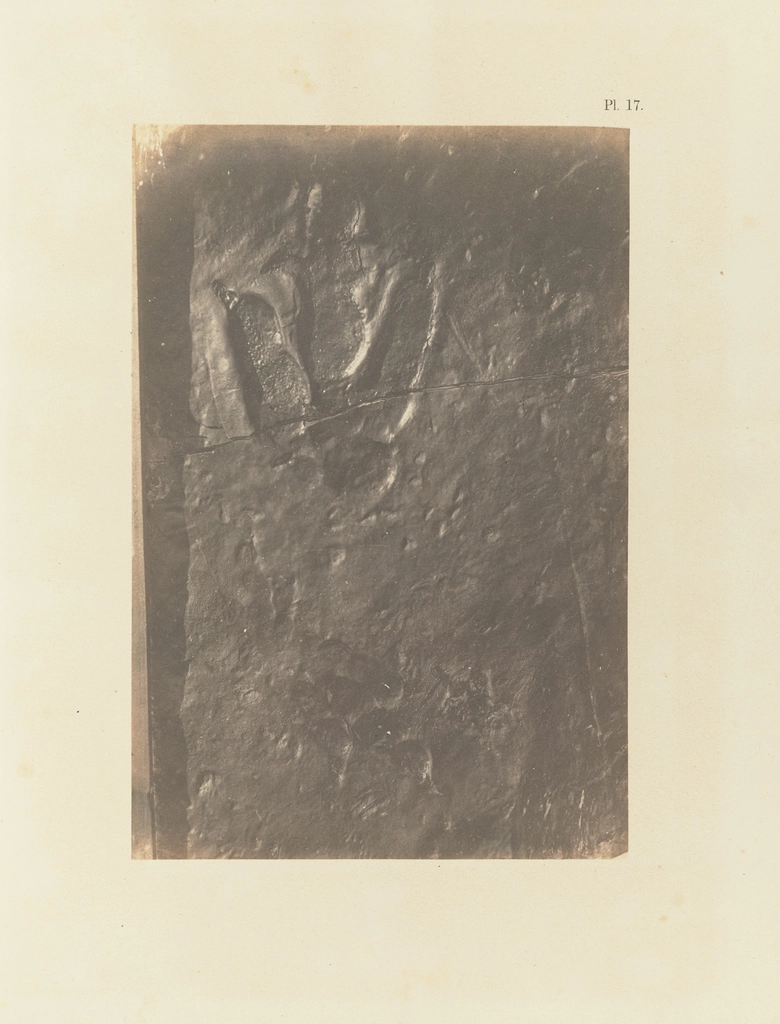
The depth and clarity of dinosaur footprints serve as surprisingly accurate indicators of ground temperature and moisture content when the tracks were made. Deeper impressions often indicate softer, wetter ground conditions, while shallow, less distinct tracks suggest harder, drier surfaces. Scientists have discovered that certain dinosaur species left distinctly different track patterns depending on ground conditions.
Large theropod dinosaurs, for instance, show evidence of adjusting their walking style based on substrate conditions. In Utah’s Morrison Formation, researchers have found tracks showing how these massive predators modified their stance and gait when traversing muddy versus firm ground. This behavioral flexibility suggests these animals were highly attuned to their environment and capable of adapting to changing weather conditions.
Seasonal Flooding Patterns Preserved in Stone
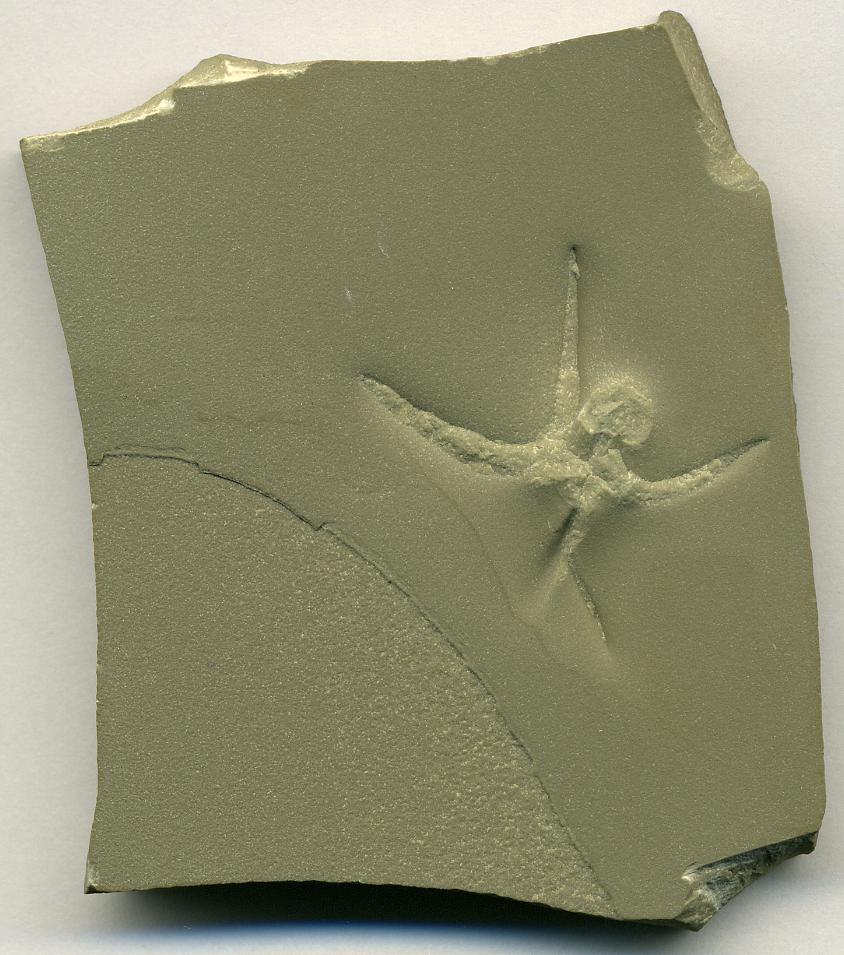
Utah’s ancient landscape experienced dramatic seasonal flooding that left unmistakable signatures in the fossil record. Layers of sediment between track-bearing surfaces reveal the rhythm of wet and dry seasons that dominated the region millions of years ago. These flood deposits often contain microscopic pollen and plant debris that provide additional climate information.
The most compelling evidence comes from sites where multiple track layers are separated by flood deposits. These sequences show that animals returned to the same areas year after year, following predictable seasonal patterns. The timing and intensity of these floods, preserved in rock layers, help scientists reconstruct ancient weather cycles and understand how prehistoric ecosystems responded to climatic changes.
Plant Impressions Between Tracks Tell Weather Stories
The vegetation preserved alongside fossilized footprints provides crucial context for understanding ancient weather patterns. Plant fossils found in trackway layers reveal what types of flora thrived during specific climate periods. Fern impressions suggest humid, tropical conditions, while fossilized desert plants indicate arid periods with little rainfall.
Some of Utah’s most remarkable discoveries include trackways where both plant and animal fossils are preserved together, creating complete ecological snapshots. These sites show how different plant communities supported various animal populations during different climate phases. The relationship between vegetation types and track abundance provides insights into how ancient food webs responded to changing weather patterns.
Ripple Marks and Wind Patterns in Ancient Utah
The sedimentary structures surrounding fossilized tracks contain valuable information about ancient wind patterns and atmospheric conditions. Ripple marks preserved in the same layers as footprints indicate the direction and strength of prevailing winds millions of years ago. These patterns help scientists reconstruct ancient storm systems and seasonal wind shifts.
Utah’s Jurassic-era deposits show evidence of massive dust storms that periodically buried trackways, preserving them for posterity. The orientation and size of these wind-blown sediment layers reveal information about ancient weather fronts and atmospheric circulation patterns. Some sites preserve evidence of seasonal wind reversals, similar to modern monsoon systems.
Chemical Signatures in Fossilized Tracks
Modern analytical techniques allow scientists to examine the chemical composition of fossilized sediments surrounding tracks, revealing details about ancient atmospheric conditions. Oxygen isotope ratios in these sediments provide information about temperature and precipitation patterns when the tracks were formed. Iron oxide concentrations indicate the presence of oxygen and moisture levels in ancient soils.
These chemical fingerprints are particularly valuable because they provide quantitative data about prehistoric climate conditions. Unlike qualitative observations about track patterns or sediment structures, chemical analysis can yield specific temperature ranges and precipitation estimates. Utah’s diverse geological formations provide excellent samples for this type of analysis across different time periods.
Predator-Prey Interactions Influenced by Weather
Some of Utah’s most dramatic fossil trackways preserve evidence of predator-prey interactions that were directly influenced by weather conditions. Sites where large predator tracks overlap with multiple smaller prey animal tracks suggest hunting scenarios that may have been triggered by environmental stress. During drought periods, animals would have been forced to concentrate around limited water sources, creating opportunities for predators.
These interaction sites often show evidence of rapid burial by sudden weather events like flash floods or dust storms. The preservation of such dynamic scenes provides unique insights into how ancient ecosystems functioned during extreme weather events. The spacing and arrangement of tracks in these scenarios reveal behavioral strategies that animals used to survive challenging climate conditions.
Microclimates Revealed Through Track Distribution
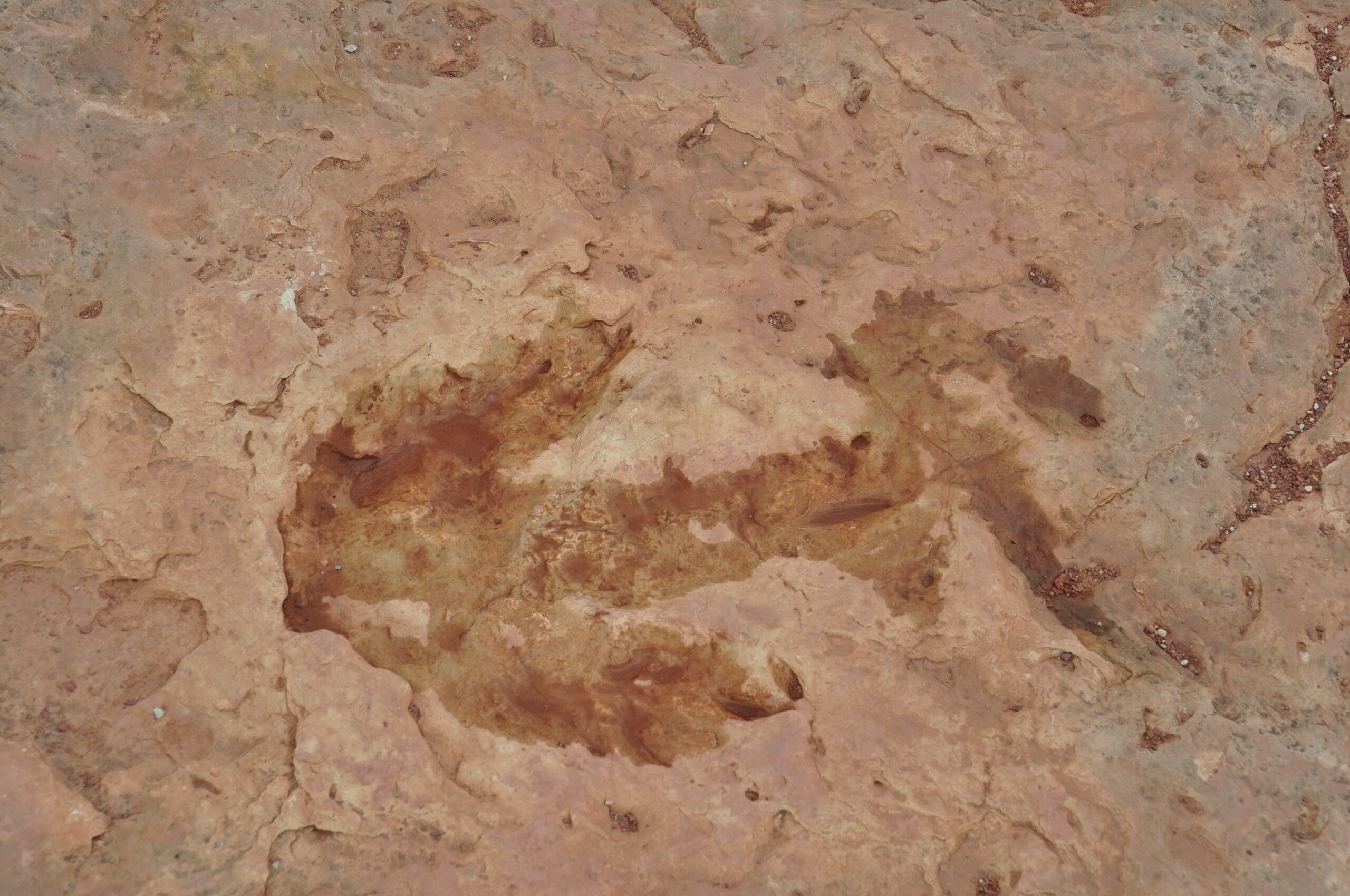
The distribution of different track types across Utah’s ancient landscape reveals the existence of distinct microclimates that supported diverse animal communities. Areas with dense concentrations of small mammal tracks often correspond to regions that would have provided shelter and stable food sources during harsh weather periods. Large dinosaur trackways tend to follow ancient river valleys and lakeshores where water and vegetation were reliable.
This spatial analysis helps scientists understand how topography influenced local weather patterns in prehistoric Utah. Mountain ranges created rain shadows and wind corridors that affected where different animals chose to live and travel. The fossil record shows that many species had preferred routes and territories that corresponded to specific climate zones within the broader regional environment.
Evolutionary Adaptations Visible in Track Morphology
The shape and structure of fossilized footprints reveal how animals evolved specific adaptations to cope with changing climate conditions. Tracks from animals with broad, padded feet suggest adaptations for walking on soft, muddy surfaces common during wet periods. Narrow, pointed tracks indicate animals adapted for firm, dry ground conditions.
Utah’s fossil record shows evolutionary changes in foot morphology that correspond to long-term climate shifts. Species that lived during increasingly arid periods developed different foot structures than their ancestors who inhabited more humid environments. These evolutionary responses to climate change are preserved in the detailed anatomy of their fossilized tracks.
Modern Climate Parallels in Ancient Utah
Comparing Utah’s ancient climate patterns with modern weather systems provides valuable insights into long-term climate cycles and potential future changes. Many of the seasonal patterns preserved in the fossil record have parallels in today’s southwestern United States, suggesting that some fundamental atmospheric processes have remained consistent over geological time.
The ancient flood-drought cycles recorded in Utah’s trackways show similarities to modern El Niño and La Niña weather patterns. This suggests that large-scale oceanic and atmospheric systems may have operated in prehistoric times, influencing regional weather in ways that are still recognizable today. Understanding these deep-time climate patterns helps scientists better predict how current ecosystems might respond to ongoing climate change.
Technology Revolutionizing Trackway Analysis
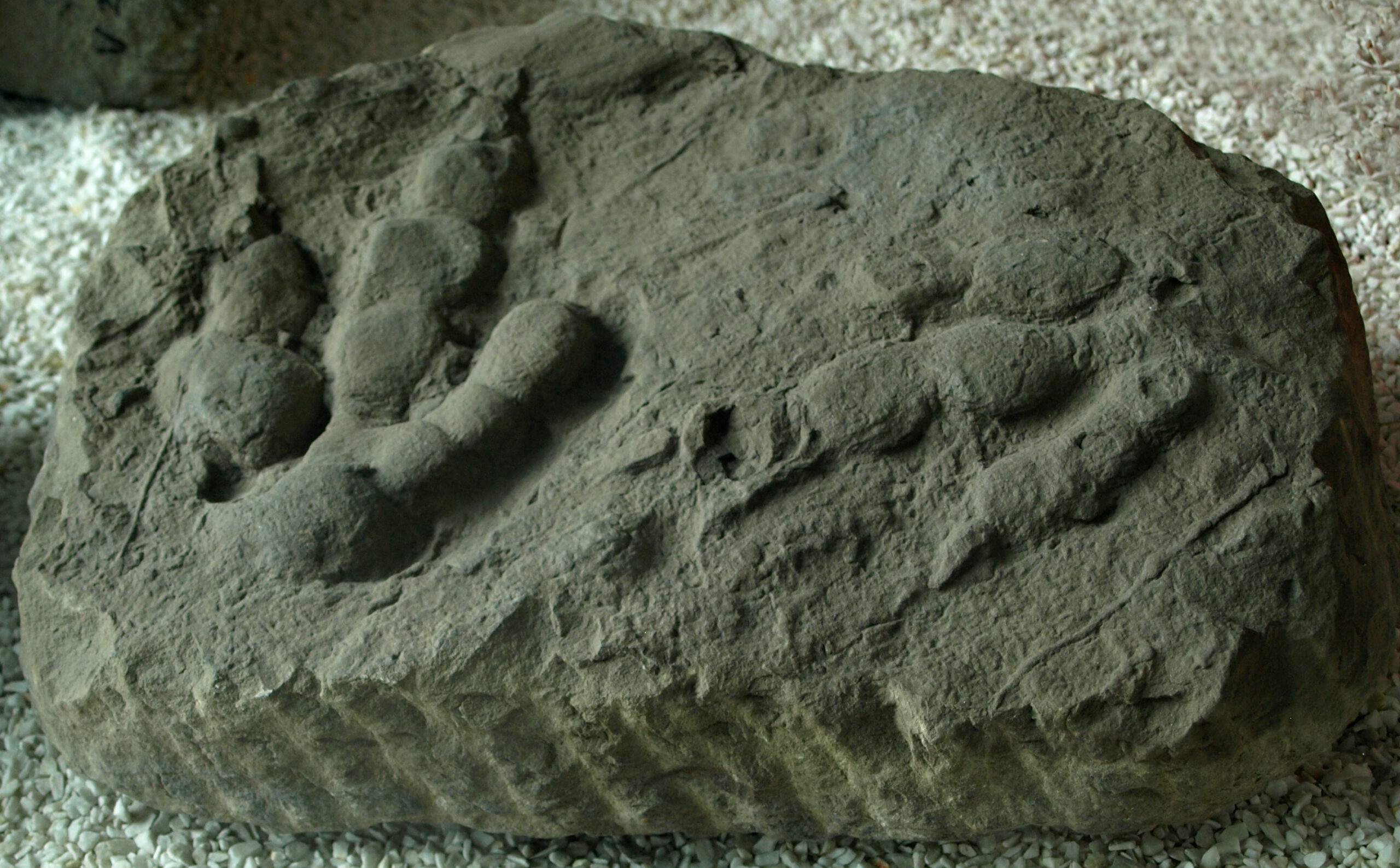
Advanced imaging technologies are revolutionizing how scientists study fossilized tracks and extract climate information from them. 3D scanning and photogrammetry allow researchers to create detailed digital models of trackways, revealing subtle features that might be missed during traditional field studies. These technologies can detect minute changes in track depth and spacing that correlate with specific weather conditions.
Satellite imagery and geographic information systems help scientists map the distribution of trackway sites across Utah’s landscape, revealing patterns that correspond to ancient climate zones. Machine learning algorithms are being developed to automatically identify and classify different track types, making it possible to analyze vast amounts of data for climate signals. These technological advances are opening new windows into prehistoric weather patterns that were previously impossible to detect.
Implications for Understanding Future Climate Change
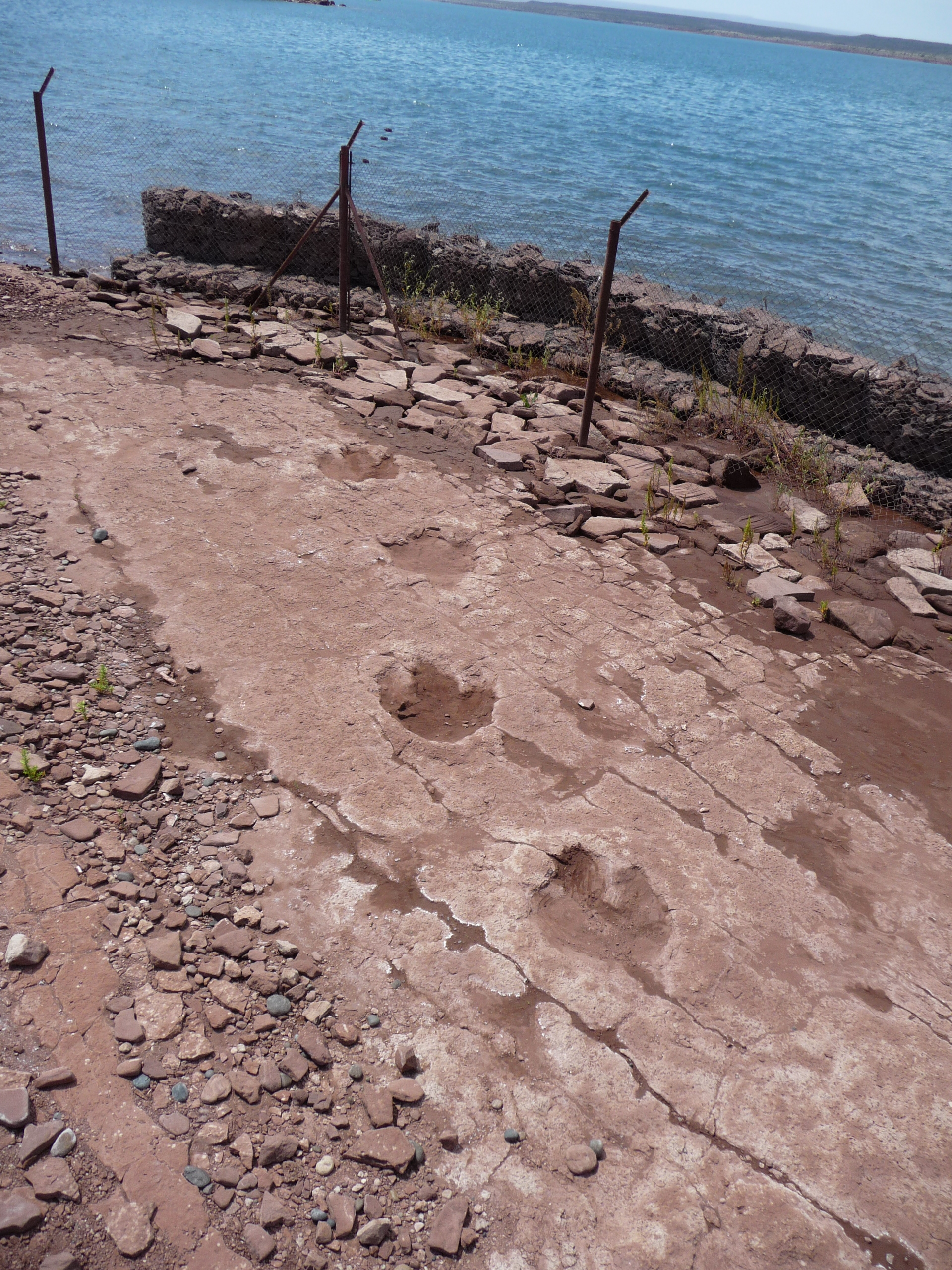
Utah’s fossilized trackways provide a unique long-term perspective on how ecosystems respond to major climate changes. The fossil record shows that animal communities have successfully adapted to dramatic climate shifts in the past, but it also reveals that these adaptations often took thousands or millions of years to develop. This deep-time perspective is crucial for understanding the potential impacts of rapid modern climate change.
The behavioral changes preserved in ancient trackways show that animals can modify their habits in response to environmental stress, but there are limits to this flexibility. Some species thrived during climate transitions, while others disappeared from the fossil record entirely. These patterns help scientists identify which modern species might be most vulnerable to ongoing climate change and which might be more resilient.
The fossilized footprints scattered across Utah’s ancient landscape represent far more than simple animal tracks – they’re detailed records of prehistoric weather patterns that span millions of years. These stone archives reveal how animals responded to climate changes, how ecosystems adapted to environmental stress, and how weather patterns influenced the evolution of life on Earth. From the subtle chemistry of ancient sediments to the spacing of dinosaur steps, every aspect of these fossilized trackways contains climate information that helps us understand both our planet’s past and its future. As we face our own period of rapid climate change, these ancient weather records remind us that Earth’s climate has always been dynamic, and life has always found ways to adapt – though not always easily or quickly. What stories might our own footprints tell to scientists millions of years from now?

